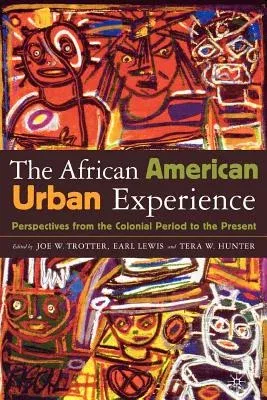African American Urban Experience: Perspectives from the Colonial Period to the Present (2004)Paperback - 2004, 6 August 2004

Qty
1
Turbo
Ships in 2 - 3 days
In Stock
Free Delivery
Cash on Delivery
15 Days
Free Returns
Secure Checkout
Print Length
340 pages
Language
English
Publisher
Palgrave MacMillan
Date Published
6 Aug 2004
ISBN-10
0312294654
ISBN-13
9780312294656
Description
Product Details
Book Edition:
2004
Book Format:
Paperback
Country of Origin:
US
Date Published:
6 August 2004
Dimensions:
23.32 x
15.49 x
1.96 cm
ISBN-10:
0312294654
ISBN-13:
9780312294656
Language:
English
Location:
New York
Pages:
340
Publisher:
Weight:
489.88 gm

